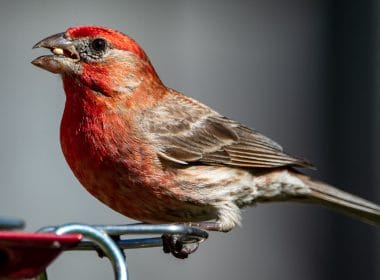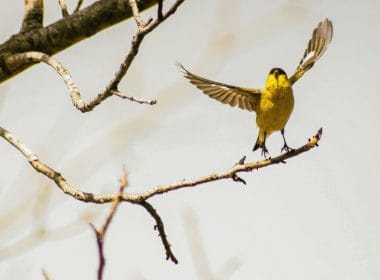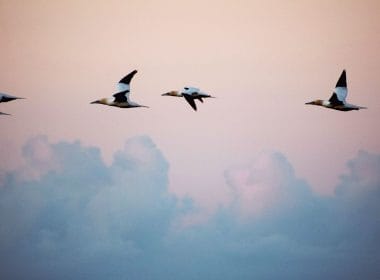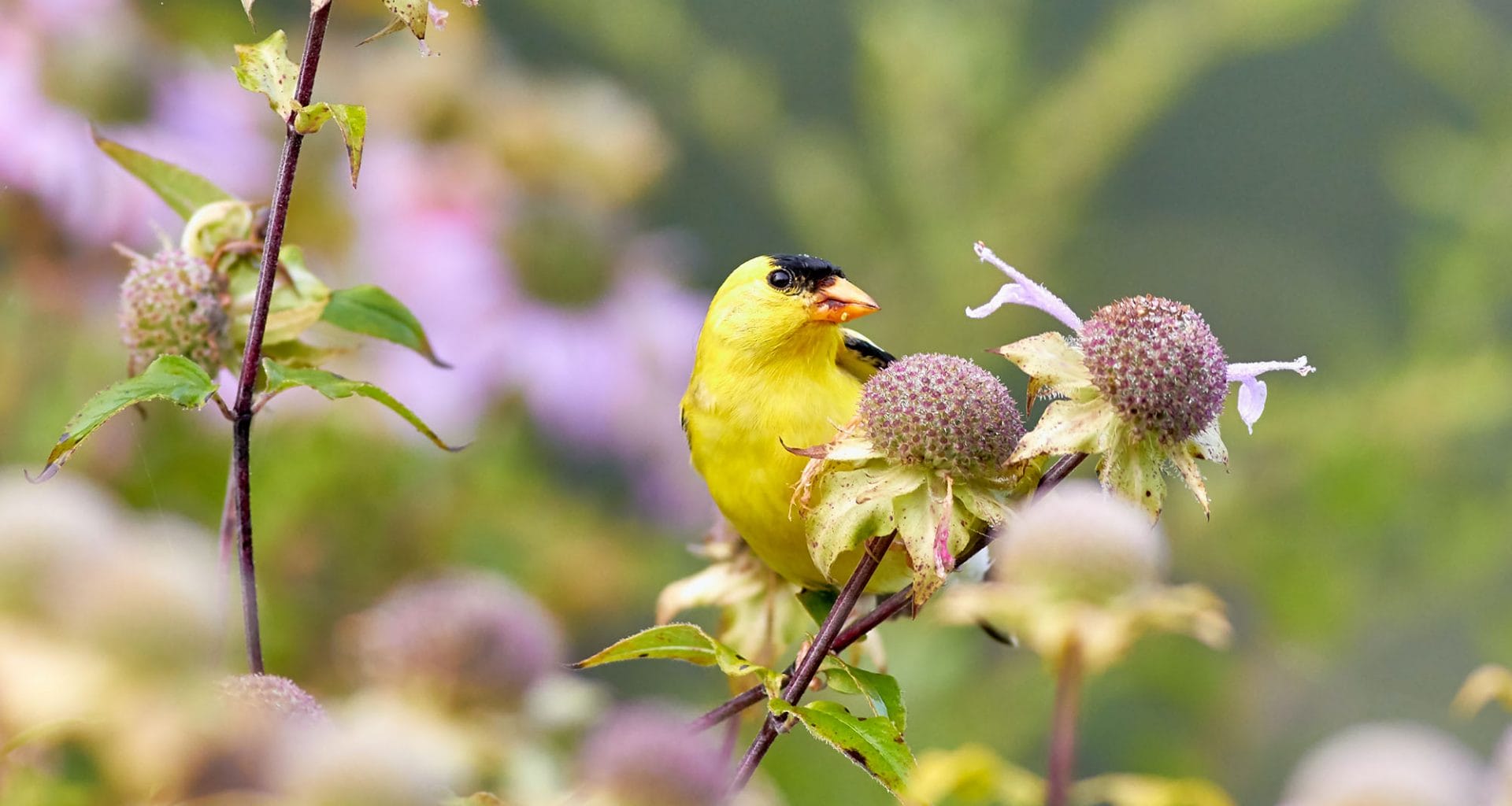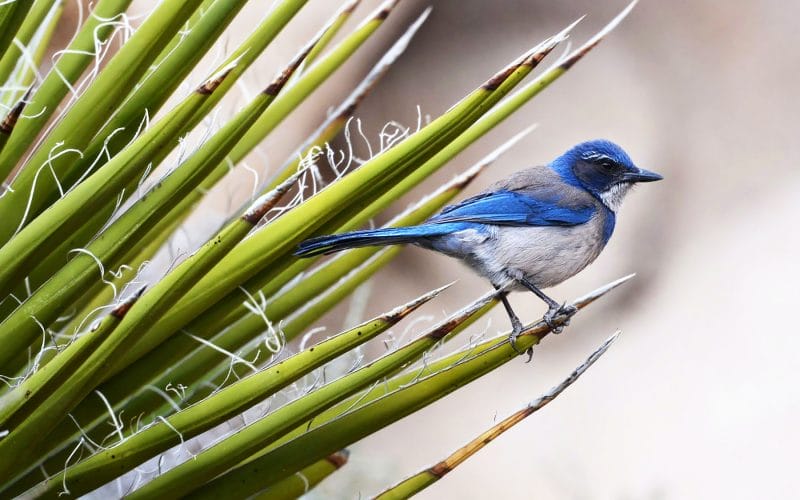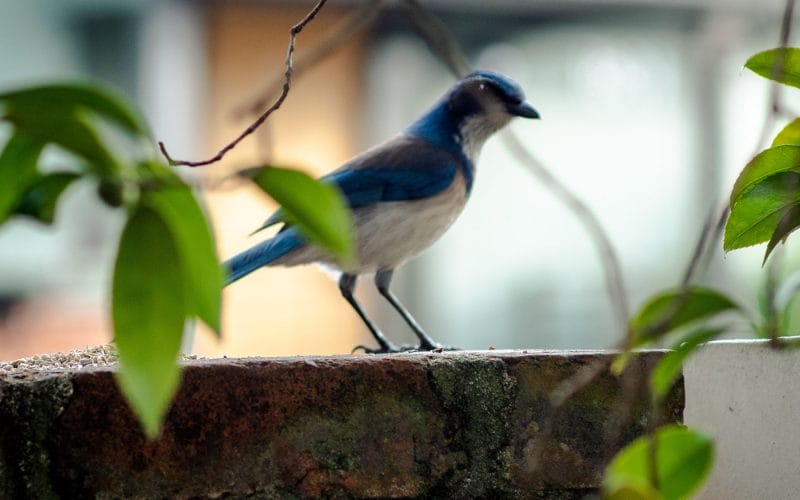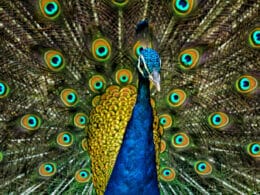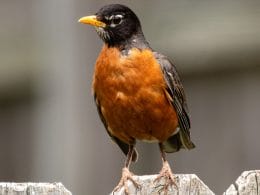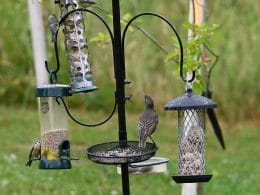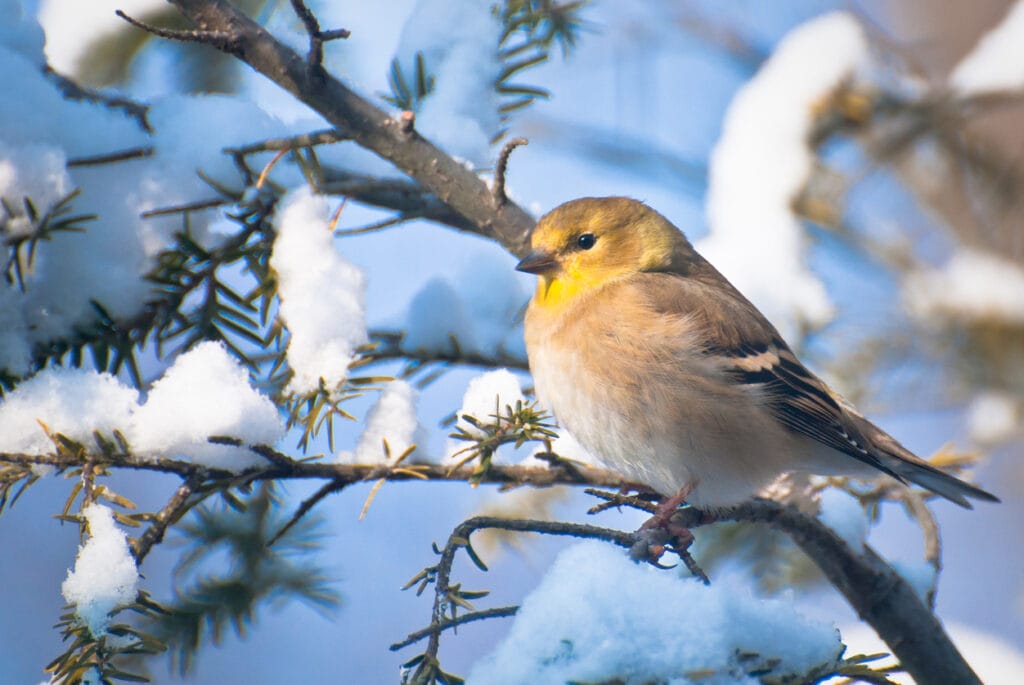
American Goldfinches are a joy to witness with their vibrant yellow coloring and black and white wing markings. Not to mention that the cheerful chirping of these songbirds can bring more life to your yard. Ever wondered how to attract Goldfinches in winter?
If you’re lucky enough to live within their range, we’d be glad to give you a few tips on how to achieve that goal. We’ll also answer a few questions about Goldfinches that you might be wondering about.
Let’s dive in!
5 Steps to Attract More Goldfinches to Your Backyard in Winter
Author Note: The best thing about Goldfinches is that you can see them all year round if you reside in the Northeastern United States. So, if you wish to attract them in winter, all you’ll have to do is make your yard more appealing to encourage them to visit it.
Here’s how you can do this in only five steps.
Step 1: Choose the Right Type of Seeds
One of the things that make Goldfinches easy to attract is that their diet is made up of seeds. So, providing them with their favorite type of seeds should be effortless. This isn’t the case with other birds that might prefer insects or other live feeds.
Now, what do Goldfinches like to eat?
The first thing you should include in your bird feeder is sunflower seeds. However, Goldfinches might enjoy other seeds even much more.
You can go for thistle seed as well, which we’re pretty sure that these little birds will appreciate. Of course, you can add those seeds to your typical bird feeder, but some birders prefer to put them inside special thistle seed socks.
In that case, the birds will be able to hang from the socks and extract the small seeds from between the sock fibers. As you can imagine, watching this scene can be as heart-warming as it sounds!
A useful tip that can help you attract more Goldfinches in winter is to make sure that their seeds are dry. As you know, moisture levels go up in winter, which may cause the seeds to become damp and unappealing to the birds.
Plus, it’s always a good idea to replace uneaten food every three to four weeks so that the seeds are always fresh.
When they’re not eating seeds, Goldfinches will also feed on the bark of young twigs as well as fresh tree buds.
Step 2: Shop for the Perfect Bird Feeder
Choosing the right feeder is the next obvious thing to do to ensure that these colorful finches come for a visit. In this case, your best bet is to get a feeder that’s specially made for Goldfinches.
This type of bird feeder has a small size, which should discourage other, larger birds from using it. Therefore, the Goldfinches will have their own private place to feed, increasing your chances of seeing them by your house to a great degree.
Even better, the way that this feeder is constructed allows you to present your food in a similar fashion to how the birds extract seeds in the wild. So, your yard should feel a lot like home to the visiting Goldfinches.
We also recommend that you go for a mesh or tube feeder because they help keep the seeds dry.

Step 3: Plant Natural Vegetation in Your Yard
Since we’re talking about making a home of your yard for Goldfinches, providing natural vegetation there only makes sense. These small birds are naturally attracted to some types of plants, so you’ll get extra points if you have them in your backyard.
Consider planting sunflowers because they produce a huge amount of seeds that Goldfinches will love to pluck. Besides Goldfinches, other small songbirds will appreciate your sunflowers, too. Asters and coneflowers are good candidates to include as well.
Another plant you may want to keep in your yard is the wild thistle. Goldfinches love its seeds just as much, especially around early autumn. But they’ll gather around it in winter, too, pulling the thin seeds out with unmatched accuracy.
Yet, sometimes Goldfinches like to get close to plants for other purposes than to feed on their seeds. For example, cattails, dandelions, and milkweed are favorites because they’re sources of nest-building material.
Just make sure that you steer clear of planting burdock. It has multiple burrs that could capture a Goldfinch in their tangles.
Step 4: Make Your Yard a Safe Haven
Directing more Goldfinches to your yard in winter isn’t all about food and attractive plants. More importantly, a sense of security should be present so that these birds will feel welcome at your place. So, how do you make your yard safer for Goldfinches?
First of all, keep in mind that Goldfinches may not mingle well with other birds that might be attracted to your yard. Black-capped Chickadees and Chipping Sparrows are okay. But larger birds such as Blue Jays might scare the Goldfinches away.
The best thing you can do to separate smaller birds from bigger birds is to put more than one feeder for each bird size. This way, the larger birds won’t be able to use a small feeder due to the tiny perches and tubes.
Another way to make a safe haven out of your yard is to install a fountain or a birdbath. So, when the Goldfinches find all their favorite stuff in your yard, they should visit it more frequently.
Step 5: Provide Warm Water
Here’s something that may not be as easy as filling your feeders with the right seed. Yet, providing warm water in your birdbath could be appealing to Goldfinches, especially in winter. But why is that the case?
Author Note: See, Goldfinches, as well as other birds, don’t only need a water source for drinking. Birds depend on water for bathing and to ensure that their plumage is clean. However, using an open water source in winter will be impossible due to the extremely low temperatures.
Therefore, it’s always a good idea to keep some warm water in your yard for these little birds to bathe in. This way, more and more yellow Finches will frequent your birdbaths and feeders.
Do Goldfinches Migrate in Winter?
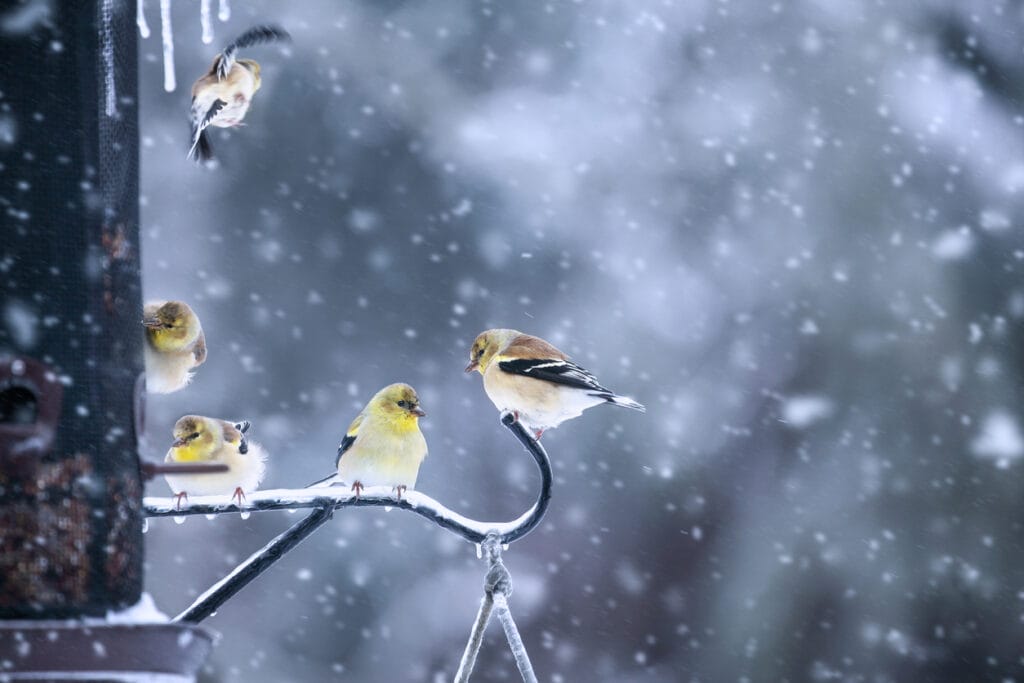
Well, it’s all based on which area of the continent we’re talking about. For instance, Goldfinches in the Northeastern United States don’t migrate, so you can attract them all year round.
On the other hand, Finches that live in other parts of the continent migrate to the south in winter. Some birds even go as far south as Mexico to spend the coldest time of the year where it’s warmer.
In the summer, some Goldfinches travel as far north as mid-Canada to stay in cooler weather.
Goldfinch Appearance in Summer vs. Winter
Male Goldfinches are best known for their vibrant yellow color and black cap, but that’s only during the summer. In winter, the males take on a subdued brown shade to attract females.
Alternatively, females have a light-brown coloring with hints of yellow, and they don’t have black caps atop their heads. Younglings have similar coloring, but it can be even duller and earthier.
While it’s usually easy to distinguish between males and females in the summer, it’s a lot harder in winter because both are light-brown then.
What Behavior Should I Expect From Goldfinches?
Goldfinches tend to be a bit nervous around humans and larger birds. Yet, they’re not ones to shy away from a bird feeder if it contains their favorite seeds. Also, these songbirds are usually comfortable being around other birds of the same size as they are.
Author Note: Sometimes, the American Goldfinches will flock, and you may find a group of small, yellow birds coming to visit your bird feeders. These visits aren’t unusual all year round, but they’re unlikely to happen during the late-summer breeding period.
How Does a Goldfinch Song Sound Like?
Goldfinches are known for their remarkable songs and calls. The one you’ll mostly hear is a string of repetitive chirps and whistles that sound almost robotic.
Also, Goldfinches tend to tweet nervously when first approaching a new food source. They may hover over the food for a while before gathering enough courage to start feeding on the seeds.
In addition to that, Finches sometimes chatter in flight. So, when you’re being visited by a group of them, you’ll most likely hear their cheerful sounds before they approach your house.
To Wrap It Up

Knowing how to attract Goldfinches in winter is a must if you’re enthusiastic about birds. Luckily, the things you’ll need to do to get the Finches’ attention are easy and only take minimal time and effort.
Hopefully, after reading our article, your yard should become a safe haven for Goldfinches in winter as well as any other time of the year. Just make sure that you offer them their favorite food, suitable feeders, birdbaths, and a sense of security to encourage them to return. We hope you enjoyed our article on how to attract Goldfinches in the winter.
Fly high friends!
FAQ
There is no yellow finch in the U.S. The Yellow Warbler is a small, roundish bird that is all yellow with some reddish streaks on the breast. The American Goldfinch is also a bright yellow but the male has a black cap and black on the wings.
The American Goldfinch has a lifespan of 3-6 years in the wild.
No, in spring when males are looking for a mate, they are a brilliant yellow. The females and non-breeding males are a duller, darker yellowy green.
